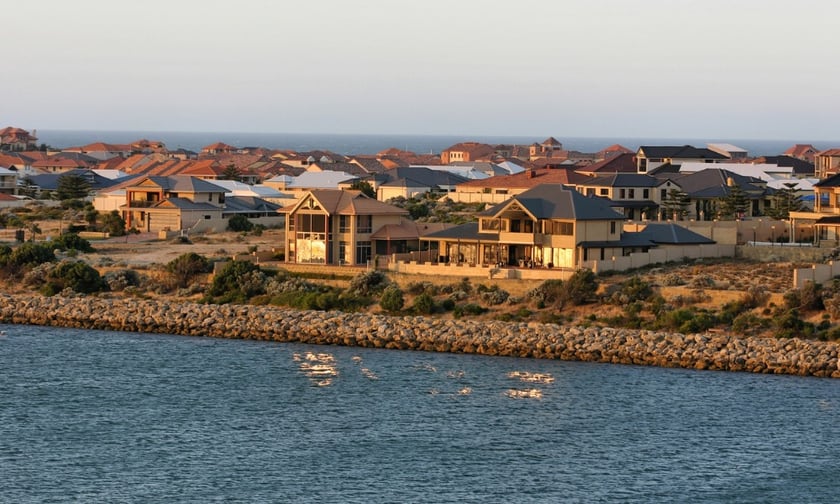

Mandurah, a once little-known regional city in Western Australia, has emerged as the fastest-growing city in the country, experiencing a staggering 91% growth in population over the last 20 years, according to Propertyology.
Located an hour south of Perth, the former sleepy seaside town of Mandurah has transformed from being Australia's 114th largest township in 1954, with a population of just 1,689, to recently surpassing 100,000 residents, making it the 24th largest city in the country, said Simon Pressley, head of research at Propertyology and REIA Hall of Famer.
Mandurah’s lifestyle has drawn comparisons to the Central Coast in NSW and Noosa in south-east Queensland, yet its real estate remains much more affordable.
“And the cherry on top is that real estate in this major regional city in Western Australia comes at a small fraction of the cost,” Pressley said.
The current median house price in Mandurah is about $530,000, significantly lower than Perth’s and other capital cities.

According to the latest ABS data, Mandurah experienced the nation’s fastest population growth over the 20 years ending June, with a 91% increase—nearly three times the national average.
And while Sydney, Melbourne, Adelaide, and Darwin saw internal migration declines of 400,000, 80,000, 70,000, and 12,000 respectively over the last 20 years, Mandurah experienced a substantial net gain of 30,000.
The city has not only attracted a significant number of migrants from Perth and the UK but also has become a popular residence for mining sector FIFO workers.
“Digging deep into the data weeds, Propertyology’s research confirmed that migrants from Perth and the UK (11.3% of residents were born in England) were the biggest contributors to Mandurah’s nation-leading population growth rate,” Pressley said.
To accommodate its rapidly growing population, Mandurah has developed former scrublands into urban communities while maintaining a clear stance against high-rise developments, favouring detached houses instead.
“A significant 83% of homes are detached houses – the national average is 35%,” Pressley said.
Apartments constitute only 3% of dwellings, with townhouses and duplexes making up the remaining 14%.
“The compromise to Mandurah’s growing pains and its resistance to vertical developments is that a large volume of detached houses has been built on very small lots,” Pressley said. “So, while the general lifestyle is highly desirable, many households have to contend with living in their neighbour’s back pocket.”
Despite its rapid growth, Mandurah’s property market has faced challenges, particularly linked to Western Australia’s economic fluctuations due to its reliance on export revenue.
“During the middle of the last 20 years, a sharp downturn in China’s purchases exposed Western Australia’s high reliance on export revenue and resulted in a prolonged statewide property market downturn,” Pressley said.
This has occasionally stifled growth in Mandurah’s property values, with the median house price slipping back to $270,000 in 2020, a value seen 14 years earlier.
Get the hottest and freshest mortgage news delivered right into your inbox. Subscribe now to our FREE daily newsletter.
